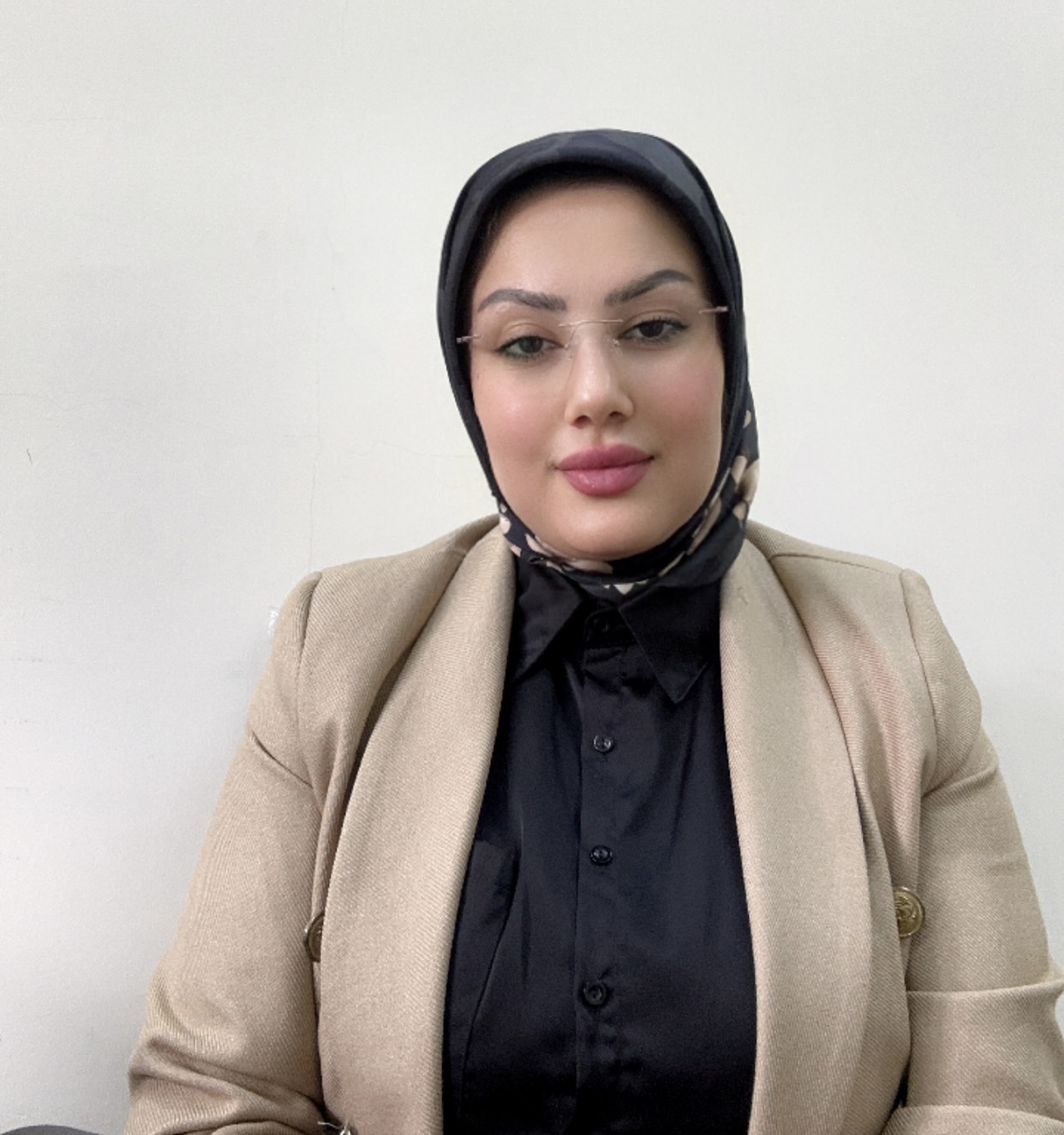
Hawar Sabah Abdullah
Research Interests
| Gender | FEMALE |
|---|---|
| Place of Work | Kirkuk Technical Medical Institute |
| Position | Teaching |
| Qualification | Master |
| Speciality | (Chemistry/Clinical Biochemistry ) |
| hawar.sabah2024@ntu.edu.iq | |
| Phone | 07700950153 |
| Address | Iraq -kirkuk, Kirkuk, Kirkuk, Iraq |
Academic Qualification
Bachelor’s degree
Nov 1, 2009 - Jul 1, 2013Master degree
Oct 1, 2019 - Dec 12, 2022Publications
Circulating prolactin levels in newly diagnosed prostate cancer patients
Jun 15, 2023Journal Journal of Zankoy Sulaimani
publisher Hawar sabah , Dereen Najat
Issue 1812-4100
Volume Part A 25(1):10
Objective: the main aim of this study was to assess the role of prolactin in prostate cancer using modern immunoassay methods. Prolactin assays in the past were subject to pitfalls from hook effect and macroprolactinemia; only few previous studies accounted for these pitfalls, therefore and to obtain accurate results, we thought to measure prolactin with modified modern methods. This study also investigated the association of serum prolactin levels with prostate specific antigen and selected steroid and pituitary hormones in prostate cancer patients. Subjects and Methods: serum was withdrawn from newly pretreated 50 prostate cancer patients and 30 controls. The following parameters were studied using Roche-immunoassay analyzers: prolactin, total (PSA), total testosterone, free testosterone, (SHBG), (DHEA), (E2), progesterone, (FSH), (LH) and albumin; to account for macroprolactinemia, serum samples were pretreated with poly ethylene glycol 6000. SPSS statistical software used to perform students’ t test and Pearson’s correlation for association studies. P value of < 0.05 was considered significant throughout the study. Results: 64% of prostate cancer patients had normal prolactin levels (10.04 ±0.039ng/ml), 22% had raised serum prolactin and had 14% low prolactin levels, the difference in prolactin levels between prostate cancer and control group was not significant. Mean PSA levels were ((234.087 ± 522.695ng/ml) in prostate cancer patients, which was significantly higher in the prostate cancer group when compared to the control group (1.25 ± 1.39ng/ml), P ≤ 0.01. Prolactin was not associated with PSA levels or with any of the sex and pituitary hormones studied. Conclusions: although the majority of prostate cancer patients had normal serum prolactin levels, 22% of the study participants had hyperprolactinemia, patients with higher serum prolactin levels had high Gleason score of 9 or higher and were at stage four, indicating a possible role of higher circulating prolactin at advanced cancer stages





